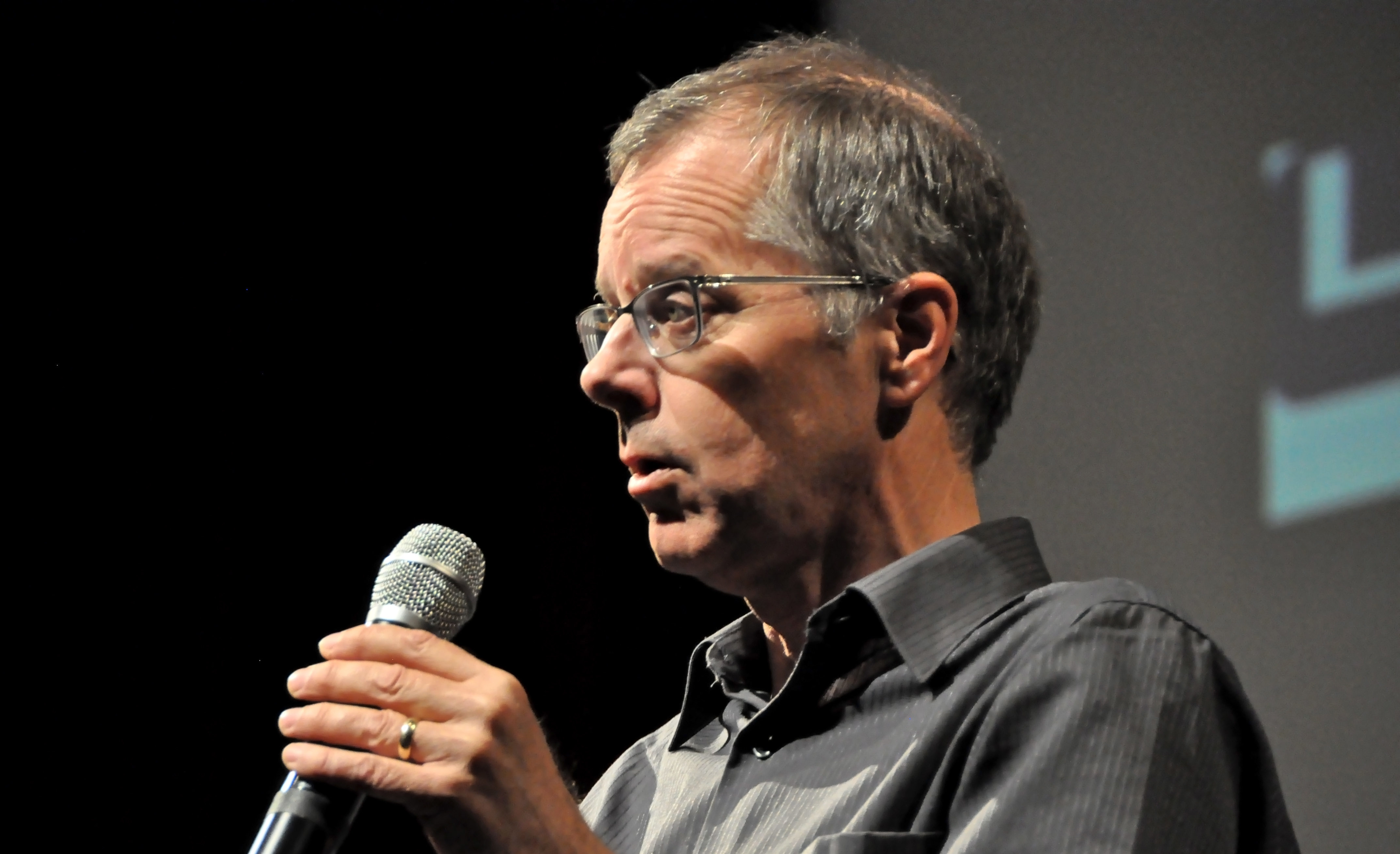Many have heard in the news lately of mysterious “gravitational waves” that seem to be astronomically important but remain an enigma to most. To give a short summary, a recent occurrence prompted the observation of the fairly common phenomena of two binary black holes mutually rotating around each other, however, with new advances in the ability to measure cosmic events, scientists were able to see “ripples” or a “spacequake” in the gravitational field around the two black holes. As the black holes accelerated around each other, there was an observable change from the normal influence of gravity that dense objects normally have. They normally cause other objects to gravitate towards them, which makes the objects go into orbit around them, and instead the two black holes sent out uneven “blasts” of gravity that were sent far outside the gravitational influence of the two subjects. The significance of this may seem minimal, but it proved yet another of Albert Einstein’s theories built on the basis of general relativity-the basic laws of space and how it interacts with objects inside it- opening a window for further space exploration.
“LIGO” or The Laser Interferometer Gravitational-Wave Observatory in Livingston, Louisiana, and in Richmond, Washington, were the first ever to detect gravitational waves, and it happened only hours after the new and improved machine had been turned on. For over 10 years now, LIGO has attempted to make their laser operated machine function, but to no avail. It wasn’t until September 14th, 2015, that it was reactivated, and the waves were detected on September 15th in the early morning. Sheer dumb luck? Or are gravitational waves more a part of our universe than we thought? Neither LIGO nor the public will know the answer to that until they begin measuring waves again come early summer.
David Reitze, an expert in ultrafast optics and laser spectroscopy and a lead on the gravitational waves project was integral in detecting them. He came to Roosevelt on April 28th to discuss these enigmatic gravitational waves to the students of Roosevelt, and the attendees were surprisingly numerous. He began by explaining what LIGO is. LIGO is a large facility with two 4 kilometer arms extending perpendicular to each other that house 2 lasers that reflect off of multiple mirrors. These lasers are used to measure disruptions caused specifically by gravitational waves that may pass through the earth. They have also employed a complex stabilizing mechanism throughout the entire building that can preemptively apply opposite force to things such as earthquakes or simply wind interference, so the observatory and its lasers move as little as possible. The disruptions can be measured down to the accuracy of the width of a proton, which emphasized the need for there to be no outside source of disruption. How the facility works, put simply, is that if the lasers are move more than the width of a proton, then supposedly, a gravitational wave passed through the facility and interfered with the laser. David Reitze was amazed that the discovery not only happened so quickly after the lasers were activated but he also expressed that, “ We never expected for the first sign of a gravitational wave to be seen so clearly. I definitely didn’t expect it.” He emphasized that this doesn’t only signal a huge progression forward in its field, but also that for each new cosmic event found, a new field of study presents itself. “Academically speaking, each new category of this type of science represents a new type of science you can learn.” Space is vastly unexplored, and scientists are only beginning to scratch the surface. Astrophysics and other forms of space exploration are the fastest growing fields throughout the world, and they’re just waiting for students of Roosevelt to join their ranks.
Feature Photo: David Reitze talks about gravitational waves. Photo by Ryan Henrie
